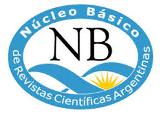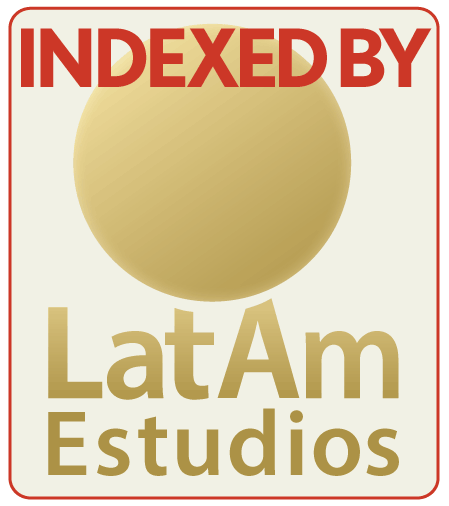Migration and Information and Communications Technology(ICT). The presence of migrants in Internet newspapers and challenges of the analysis of online social networks
Keywords:
migration, ICT, graphic pressAbstract
Within the field of migration studies, several studies agree that the use of the technologies of information and communication (ICT) has impacted in migrant communities allowing more fluid contact that crosses time and space limits more quickly. Currently uses and appropriations of knowledge that has to do with the universe of journalism alongside the use of Web sites, virtual communities or Facebook. In this regard, we intend to reflect on the appropriation and use of ICT by the communities of Andean migrants in the Argentina by an inductively way from two cases (Renacer and Gaceta del Perú) and its coexistence with other practices of expression and communication in such communities as the newspapers of immigrants.Downloads
Downloads
Published
How to Cite
Issue
Section
License
The acceptance of an original by the journal implies the non-exclusive transfer of the economic rights of the authors in favor of the editor, who allows reuse, after editing (postprint), under a Creative Commons Attribution License -NonCommercial-ShareAlike 4.0 International (CC BY-NC-SA 4.0)
In accordance with these terms, the material can be shared (copied and redistributed in any medium or format) and adapted (remixed, transformed and created from the material another work), provided that a) the authorship and original source of its publication (magazine and URL of the work), b) is not used for commercial purposes and c) the same license terms are maintained.
The transfer of non-exclusive rights implies that after its publication (postprint) in Cuadernos de H ideas the authors can publish their work in any language, medium and format; in such cases, it is requested that it be stated that the material was originally published in this journal.
Such assignment also implies the authorization of the authors for the work to be harvested by SEDICI, the institutional repository of the National University of La Plata, and be disseminated in the databases that the editorial team considers appropriate for increase the visibility of the publication and its authors.
Likewise, the journal encourages the authors so that after their publication in Cuadernos de H ideas they deposit their productions in other institutional and thematic repositories, under the principle that offering society scientific and academic production without restrictions contributes to a greater exchange of global knowledge.










.png)

























